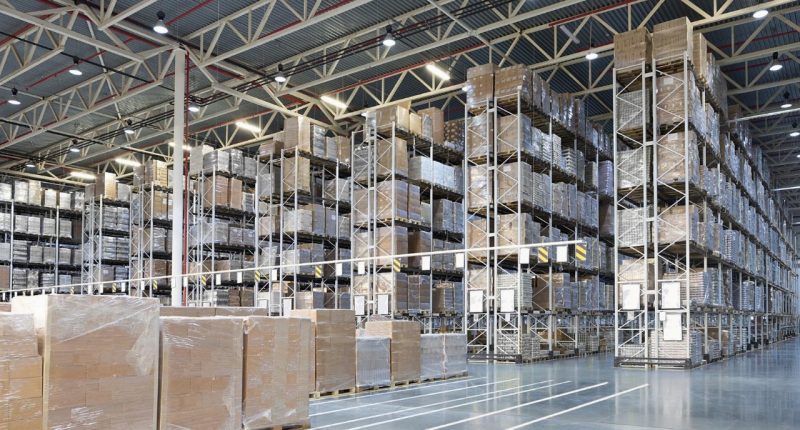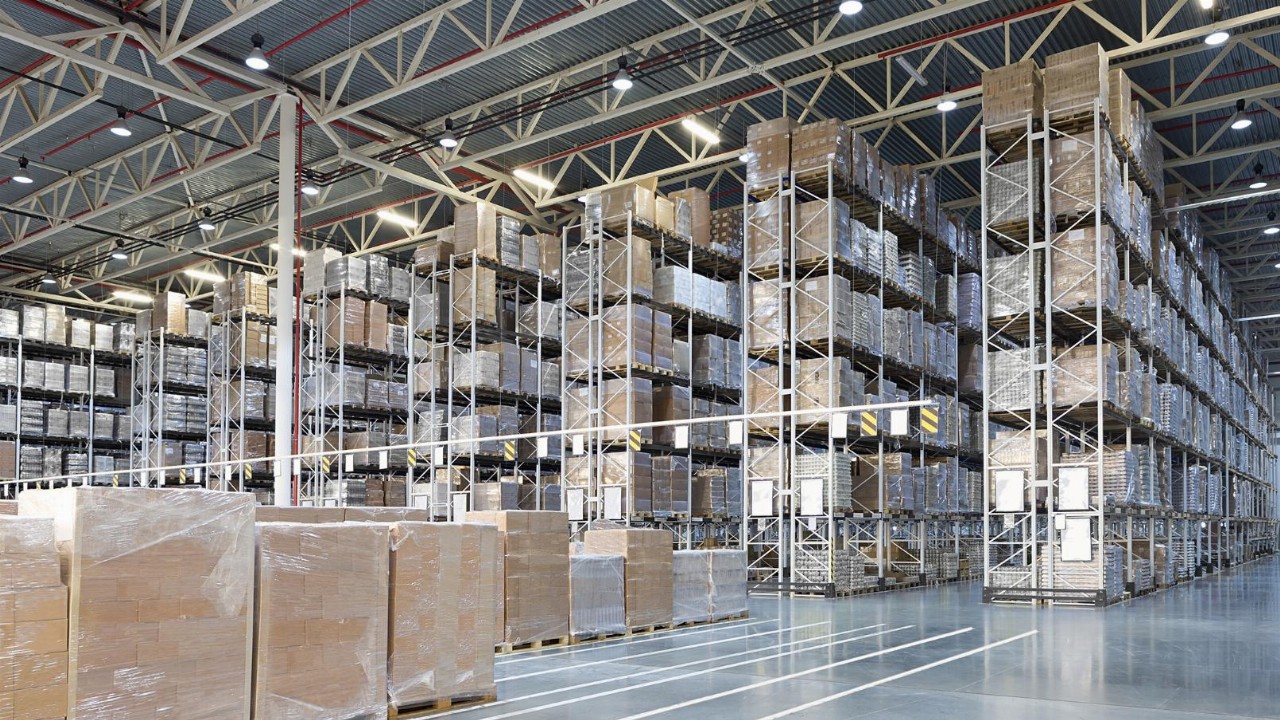- As demand heats up, investors acquired almost $16 billion in income-generating industrial and logistical assets in Australia in 2021, more than tripling the previous high
- Occupants were equally active, absorbing 4,200,000sqm of floorspace, up from the 2020 benchmark of 3,300,000sqm, driving the national vacancy rate to of 1.3 per cent
- Through 2021, sales of income-producing assets valued at more than $10 million in Australia totalled $15.9 billion
- Occupier space take-up in 2021 was approximately 900,000sqm more than the previous record established in 2020
- In each of Australia’s five major cities, average net face rentals grew considerably while midpoint yields decreased
As demand heats up, investors spent almost $16 billion on buying income-generating industrial and logistical assets in Australia in 2021, more than tripling the previous high.
Occupants were equally active, absorbing 4,200,000sqm of floorspace, up from the 2020 benchmark of 3,300,000sqm, driving the national vacancy rate to a new record low of 1.3 per cent.
These are the headline figures from a banner year in the sector, as reported by CBRE Research, with national midpoint yields for super prime grade assets also at an all-time low of 4.5 per cent.
Through 2021, sales of income-producing assets valued at more than $10 million in Australia totalled $15.9 billion.
That is more than three times the 10-year average annual transaction volume of $4.2 billion, and it is more than twice the previous highwater record of $7.2 billion achieved in 2016.
“Demand from investors and occupiers alike drove Australia’s industrial and logistics sector to new heights in 2021, with records smashed on a host of key metrics,” Sass J-Baleh, CBRE’s Head of Industrial & Logistics Research Australia, said.
“Given investment sale transaction volumes had only ever surpassed $5 billion three times before, and peaked at $7.2 billion, the result of $16 billion in 2021 is ground-breaking and demonstrates the strong demand for Australian industrial and logistics assets from local, regional and global investors.
“Institutional investment appetite continues to favour I&L due to high quality covenants in those institutional-grade assets and confidence in the ability to collect income, with multiple domestic and offshore capital sources competing to elevate capital allocation to the strongest performing sector.”
Occupier space take-up in 2021 was about 900,000sqm more than the previous record established in 2020, with the amount of 4,200,000sqm well above the 10-year average of 2,400,000sqm.
Melbourne led the way among Australia’s five main cities, with 2,000,000sqm of occupant take-up accounting for about half of the national total by floorspace.
Nationally, the vacancy rate declined from 2.2 per cent to 1.3 per cent in 2021, following the completion of 1,800,000sqm of floorspace, with a further 2,700,000sqm expected in 2022.
In each of Australia’s five major cities, average net face rentals grew considerably while midpoint yields decreased. Perth led the way on both fronts with a 5.6 per cent rental rise and a 115bps yield decline year on year.







